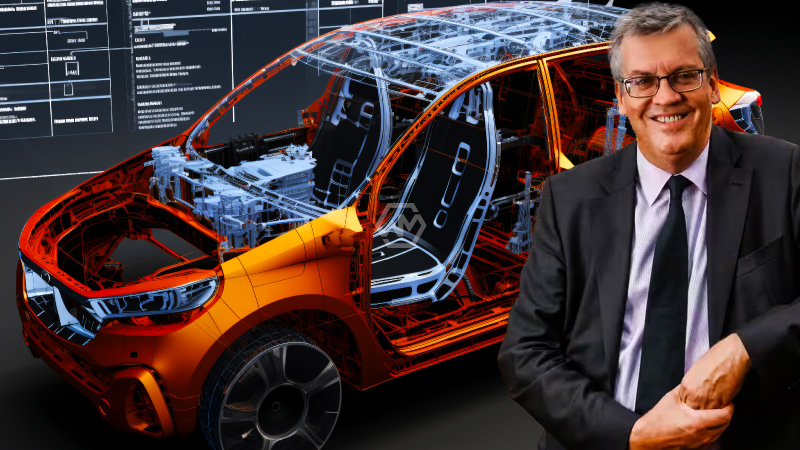- Large SUVs pose a one-third higher risk of serious injury to other road users than mid-sized SUVs.
- The risk of fatal injuries to vulnerable road users increases with the height of the bonnet of the vehicle that strikes them.
- The car industry’s relentless drive to sell bigger and heavier SUVs in every segment is bad news for road safety, but especially for drivers of smaller, more efficient vehicles and vulnerable road users.
David Ward, Executive Director, Global New Car Assessment Program (Global NCAP)
said India should avoid following the United States lead in sports utility vehicles (SUVs), one of the most dangerous road accidents, because they do not make roads safer for drivers of other small cars, pedestrians, and cyclists.
Sports Utility Vehicles are critical for countries like India that the government pushes the market towards vehicles that are more fit for purpose and safer for all road users,” said Ward.
Demand for SUVs in India is increasing
David Ward said the growing demand for SUVs in India and other countries poses road safety and environmental challenges and governments should encourage sales of these large vehicles.
In current years, vehicles have grow to be heavier, taller and extra powerful.Several studies have indicated that SUVs and pick-up vehicles are the most dangerous for vulnerable road users (VRUs) in any crash.
The risk of fatal injuries to vulnerable road users increases with the height of the bonnet of the vehicle that strikes them.
For example, pedestrians or cyclists hit by a car with a 90 cm high bonnet are 30% more likely to be fatally injured than when hit by a vehicle with a 10 cm lower bonnet. Large SUVs pose a one-third higher risk of serious injury to other road users than mid-sized SUVs.
The government of India has taken maximum measures to increase road safety in recent few years including the development of Bharat NCAP along with none other than GNCAP. India is following global road safety practices and monitoring what is global best practice,” concluded Ward.



